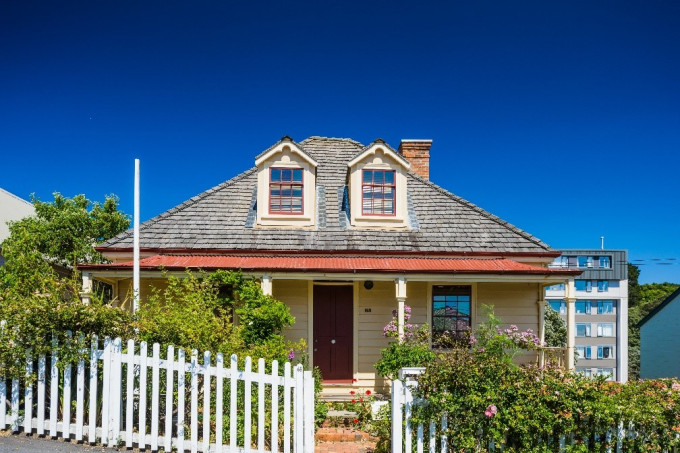
Re-imagining Wellington’s Oldest Cottage
By Nik Bullard, History Communicator
Nairn Street Cottage has recently re-opened its ground floor with a fresh, new look. The static, Colonial style has been replaced by a more interactive, engaging journey-through-time experience within this domestic setting. So what does this mean?
Three generations of the Wallis family lived in the Cottage. Firstly, William and Catherine Wallis who emigrated from England to Wellington in 1857. William built the house around 1860. In 1911 their daughter Clara lost her money and grand house in Mt Victoria when her husband went bankrupt and she moved back in with her four children. Her daughter Winifred was still living in the Cottage in the 1970s until the Council took it over and turned it into the Colonial Cottage Museum in 1980.
The fact that three generations of Wallis’ occupied the Cottage meant that I was able to show changes through time within the house.
The four key family members have each been given their own room and a fuller story – Catherine’s domestic life is set in the 1860s nursery, William’s prospering building and entrepreneurial career is set in the 1870s master bedroom, Clara has the progressive 1920s era set in the parlour and Winifred has the burgeoning women’s rights, all-the-mod-cons era of the 1970s.
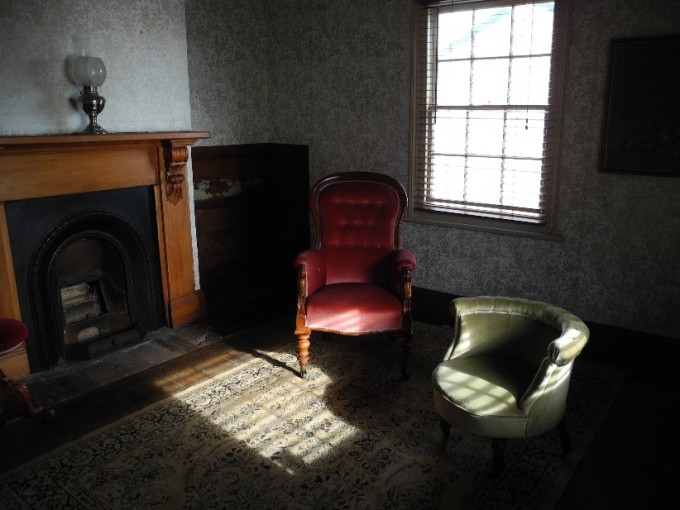
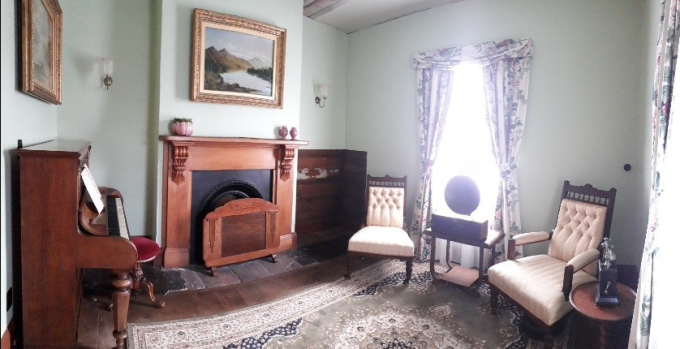
This strong (mainly female) family story line has enabled me to talk about the huge social changes that happened for women over that time. We can span time and look at social change through Catherine, a full-time housewife birthing and looking after children and the house, through to Clara who signed the Suffrage petition in 1893 (and soon after had the vote, and other legislated rights) through to Winifred, a full time professional woman working for Wellington City Council who remained unmarried and had no children. The Women’s Rights movement was in full swing by the 1970s – we don’t know how Winifred felt about this but her life and times were affected by it nonetheless.
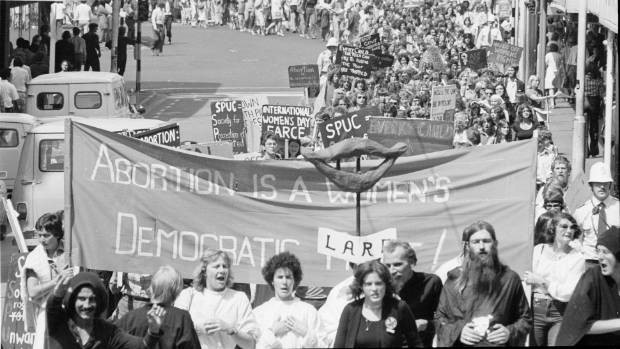
Alongside social change for women, in the house we talk about and show the massive technological and communication changes that occurred. So basically from a hand written letter, to the telegram to a crank handle then rotary dial telephone. And visitors get to see the change from candle power and hard manual domestic labour for women through to the introduction of electricity and gas – walk into a room and switch on a light, a heater, the stove or an electrical appliance. It would have been like magic to Catherine!
I managed to find content for the 1920s radio – children’s presenter Aunt Gwen, Clive Drummond reading the weather and Alfred Hill music. The 1970s television features the Hugo and Kelly KFC advertisement (1975), an excerpt from It’s in the Bag (1974) and the documentary, Into Antiquity: A memory of the Māori moko (1972). Both old and young visitors are enjoying the radio and television!
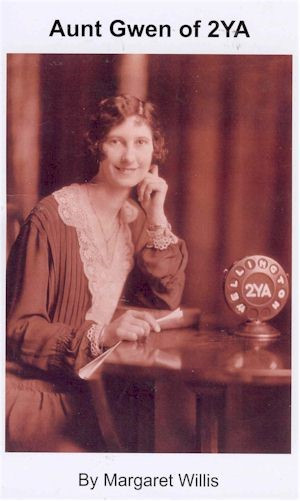
We also position Māori far more strongly as we talk about what was happening for them in Wellington over that period. From the loss of land in the 1860s to Māori women in parliament and Dame Whina Cooper’s ‘Not one more acre!’ historic land march in 1975.

Sarah Maxey, the talented graphic designer for Museums Wellington, painstakingly reproduced the original wallpaper in the nursery. She deciphered the repeat pattern from the original faded and damaged paper, drew and hand-painted each element in layers (apparently there were 28 separate drawings!), and then scanned each layer and collaged them together in Photoshop. It was then printed and pasted onto the two bare walls. This is an extraordinary feature in the nursery and has transformed that room.
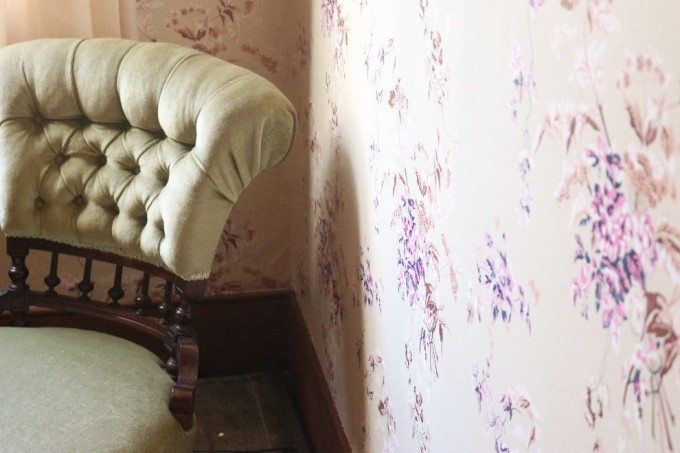
I’m thrilled that we’re the first historic house museum in New Zealand to show changes through time – technologically, socially, politically and horticulturally!
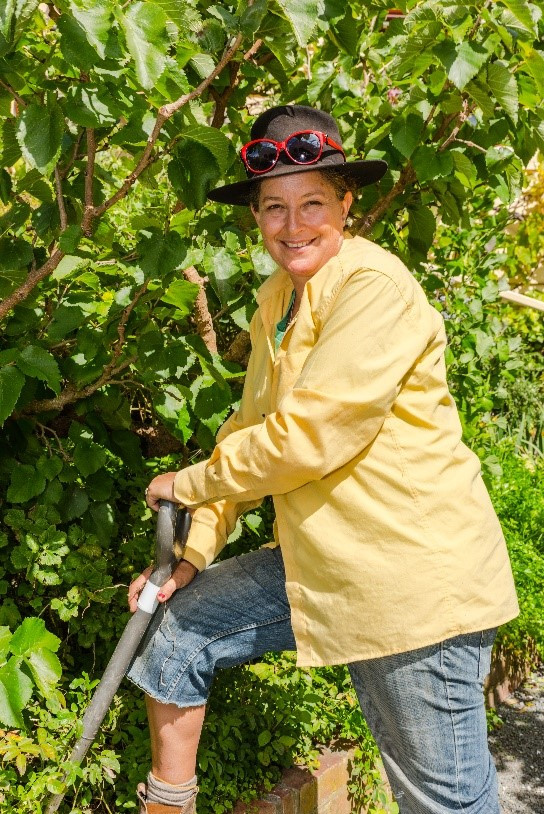
NAIRN STREET COTTAGE | opening hours:
Every Sat and Sun from 12-4pm with tours on the hour 1-3pm.
Summer opening hours:
5 January – 31 March 2019. 7 days from 12-4pm with tours on the hour 1-3pm.
Admission charges apply.
A Fresh Story
Come to Nairn Street Cottage to celebrate and explore the new interior fit-out! Uncover fresh stories of Wellington from 1857 to the late 1970s through four members of the Wallis family: Catherine, William, Clara and Win. The project team will be on hand to introduce the changes and talk about their process. You are encouraged to share stories of the family, area and Wellington over a cup of tea. Part of Wellington Heritage Week 2018.